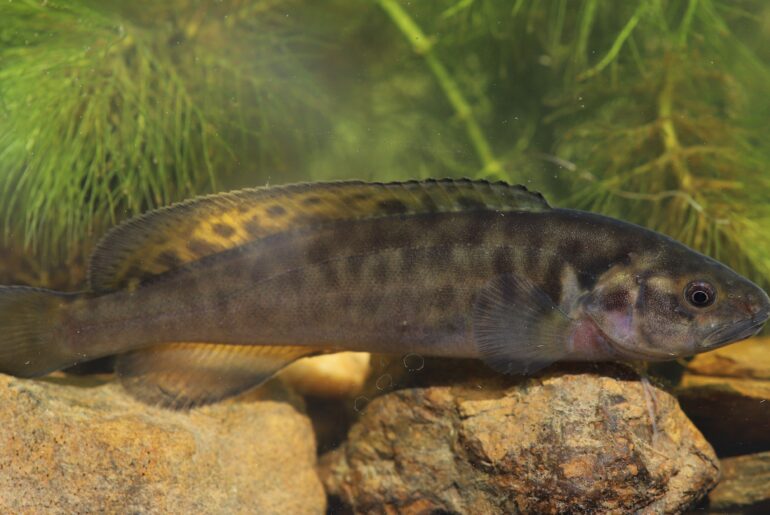A number of fishways are being constructed along barrages and weirs in the Murray River as part of the ‘Sea to Hume Dam’ initiative. The development of effective techniques to monitor the use and efficiency of these fishways is paramount to determine their success at passing fish and for providing feedback on fishway design. This study investigated a hydroacoustic (underwater soundwaves) method for counting fish migrating at the Murray River fishways.
Findings:
The data collected by the split-beam acoustic system at Lock 10 has demonstrated the system has the potential to provide an automated fish counting facility, although it does have some problems counting smaller fish. Less than half of the fish that actually moved through the field of view were counted, and this was probably due to the acoustic noise created by the turbulence of water over rocks on the bottom of the fishway.
Although the automatic analysis of the dual-frequency identification sonar (DIDSON) data provided a greater level of accuracy than the split-beam data, it did not detect a large proportion of fish, and fish schools were not recognised. The automatic software was unable to provide accurate length estimates of fish detected using the DIDSON system, with fish orientation the most likely cause of the inaccuracy. In tank tests the estimated mean fish length was always less than the actual length, sometimes by a substantial amount. The major advantage of the DIDSON system is that it produces video-quality images that can be manually checked against the fish detection data.
In summary, the DIDSON system appears to provide substantial benefits over the split-beam system for automatic fish counting.
Key message:
Increased ability to accurately monitor the use of fishways by native fish will lead to better fishway design and management and, ultimately, less restricted fish migration. This will have flow on effects for populations and the native fish community as a whole in the MDB.
Full report here: Berghuis, A. 2008. Performance of a single frequency split-beam hydroacoustic system:an innovative fish counting technology.
Related project:
An assessment of a Dual-Frequency Identification Sonar (DIDSON) in the Murray Darling Basin


